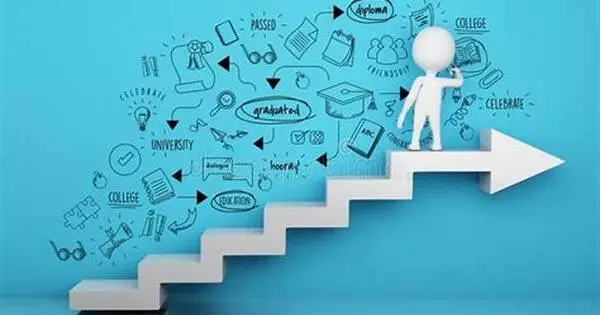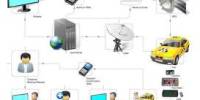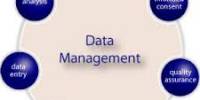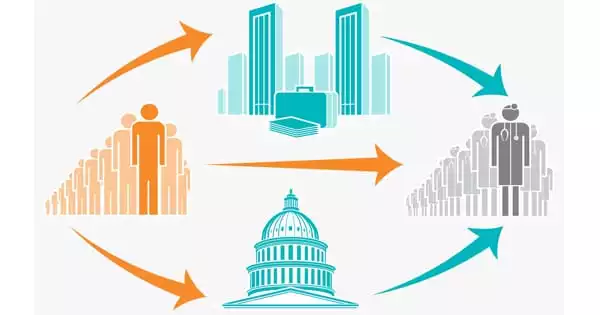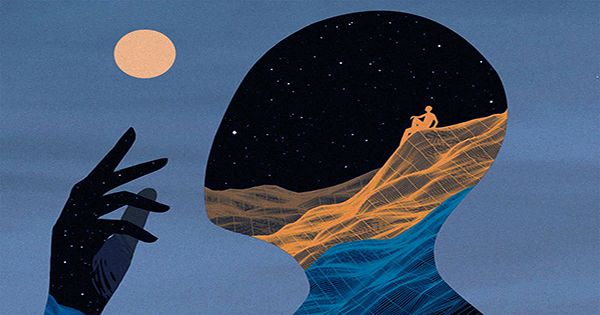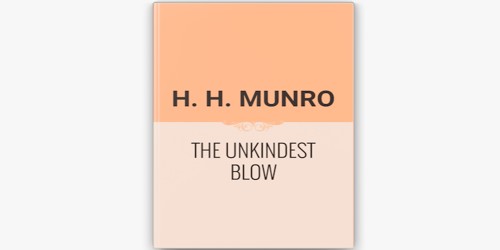Warm-up time can be quite helpful in resolving a creative power imbalance. Creativity is a mental skill, and its performance can vary depending on a person’s readiness and preparation. Being powerful typically increases an employee’s creativity since it frees the individual from restraints such as fearing that their ideas will be rejected. However, new research indicates that people who are not in positions of power can become more creative when given time to “warm up” to a task by engaging in it multiple times.
“This is important because when people with more power are able to express their creative ideas more than those with less power, it leads to a rich-get-richer dynamic that reinforces or exacerbates these power differentials,” said Brian Lucas, assistant professor in the Cornell University School of Industrial and Labor Relations and co-author of “Low Power Warm-up Effect: Understanding the Effect of Power on Creativity Over Time,” which will be published in the July issue of Journal of Industrial and Labor Relations.
“Understanding ways to boost the creativity of lower-power workers can help them navigate this low-power disadvantage, generate more creative ideas, and promote a more equitable workplace,” Lucas explained.
Understanding ways to boost the creativity of lower-power workers can help them navigate this low-power disadvantage, generate more creative ideas, and promote a more equitable workplace.
Brian Lucas
Lucas and his co-authors discovered in their study that, while low-power persons are less creative than high-power individuals at the start of a creative job, they can eventually catch up and match high-power individuals’ inventiveness. According to the researchers, this is because the creative work generated sentiments of autonomy and independence, which finally helped them overcome their low-power disadvantage.
To reach this findings, Lucas and his co-authors conducted three experiments. They divided the creative idea generation session into two rounds in the first trial, with a one-minute “warm up” followed by a second round in which participants may take as much time as they wished.
Participants were randomly assigned to a high-power condition or a low-power condition, and feelings of power were induced with a role manipulation where participants were given a leadership role and control over resources (high power) or an employee role with no control over resources (low power). The study found that high-power individuals were more creative than low power individuals in the warm-up round. There was no difference, though, in creativity in the second round.
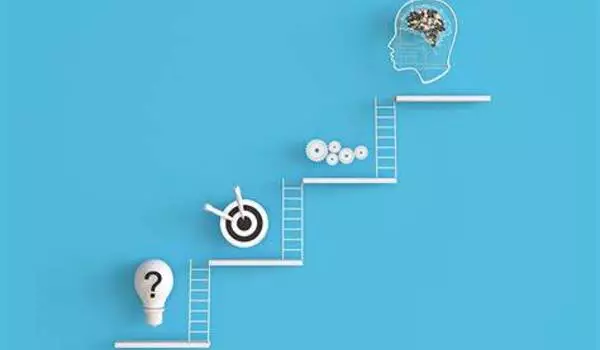
In the second trial, the researchers adjusted the creative work and raised the number of rounds from two to five, allowing them to do the assignment as long as they wanted. In the final study, they used two different creative tasks over two rounds of one minute each.
These investigations revealed that high-power individuals were more creative than low-power individuals in the first round, which was consistent with the first study. However, after the first round, the originality of low-power persons “caught up” to the inventiveness of high-power individuals. The third study’s findings revealed that a different creativity test can also prepare low-power persons for an unrelated creativity task.
“The experience of being creative can, in and of itself, have positive psychological consequences,” Lucas explained.
“Given the high value of creative ideas for organizations and the careers of the employees who champion them,” he said, “it is critical to cultivate strategies that empower all employees to tap their creative potential. The low power warm-up effect suggests a simple intervention that does just this and overcomes power differentials in the workplace: when pursuing creative work, let employees warm up first.”
